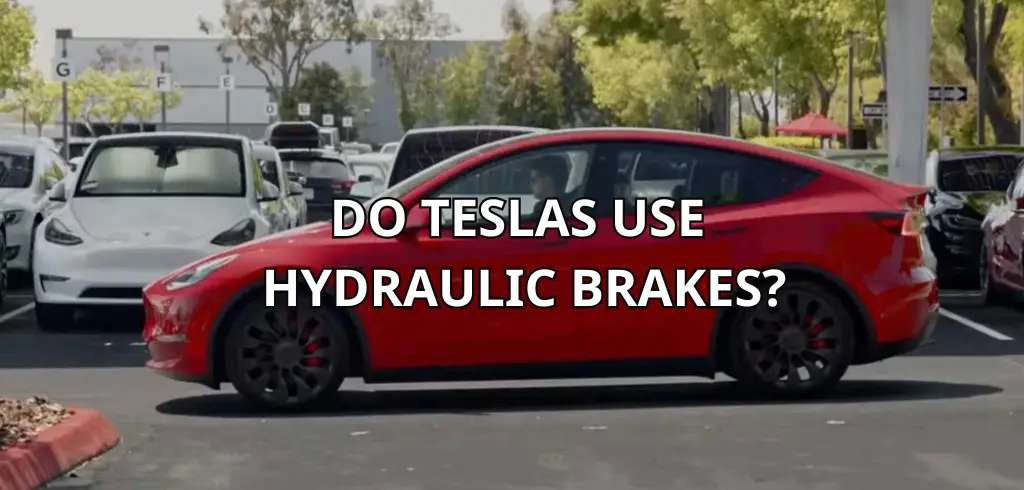If you’re considering purchasing a Tesla, you may be wondering about its braking system. One common question is whether Teslas have hydraulic brakes. Not all Tesla cars have hydraulic brakes, but some do. Instead, they use an electric braking system that uses regenerative braking to slow the car down.
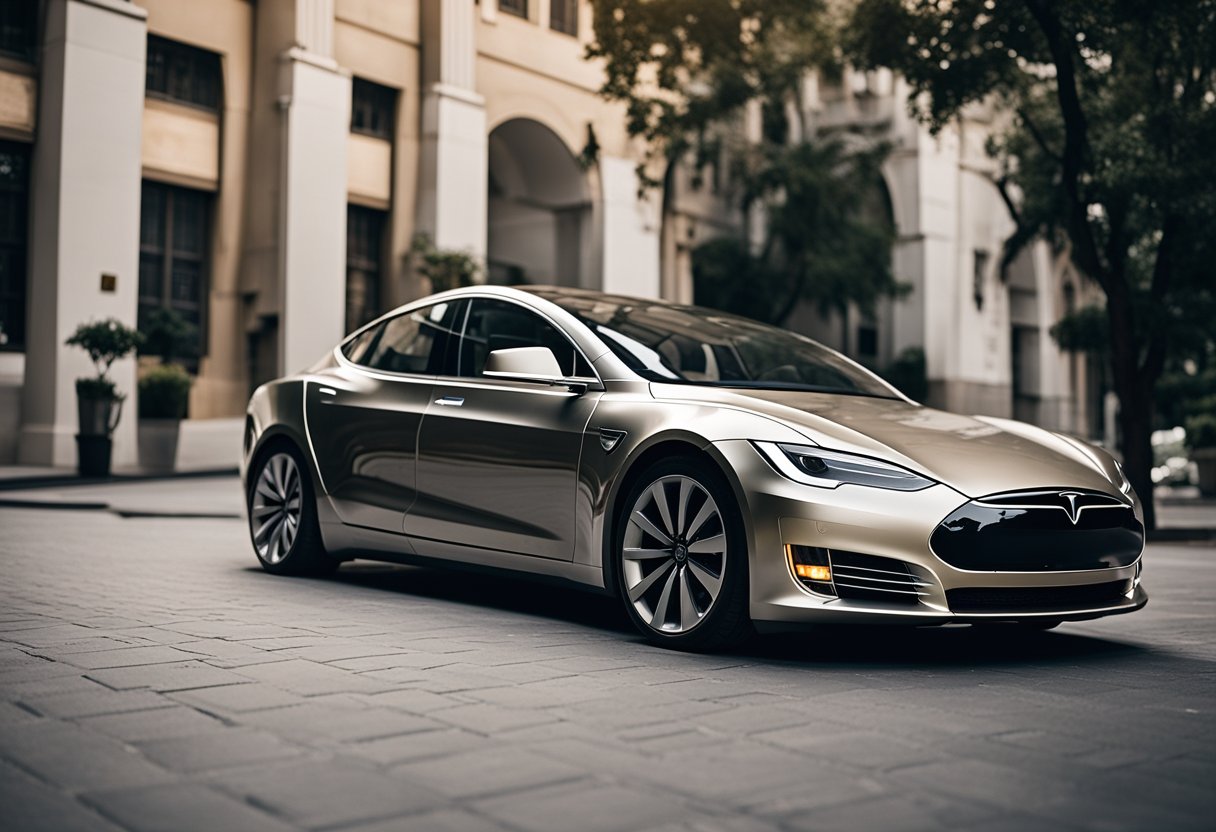 Electric vehicles (EVs) like Teslas use a different type of braking system than traditional gasoline-powered cars. In a gasoline-powered car, the brakes use hydraulic pressure to stop the car.
Electric vehicles (EVs) like Teslas use a different type of braking system than traditional gasoline-powered cars. In a gasoline-powered car, the brakes use hydraulic pressure to stop the car.
When you press the brake pedal, the hydraulic fluid in the brake lines creates pressure that applies the brake pads to the rotors, slowing the car down. However, in an EV like a Tesla, the braking system is electric.
Tesla’s braking system is unique because it uses regenerative braking to slow the car down. When you take your foot off the accelerator pedal, the electric motor in the car switches to generator mode, using the car’s momentum to generate electricity that is fed back into the battery.
At the same time, the generator mode creates resistance that slows the car down. This means that in many cases, you can slow down or even stop the car without ever touching the brake pedal.
Table of Contents
Key Takeaways
- Teslas do not have traditional hydraulic brakes, but instead use an electric braking system that uses regenerative braking to slow the car down.
- Tesla’s unique braking mechanism allows for energy to be recovered and fed back into the battery, increasing efficiency and reducing environmental impact.
- While Tesla’s braking system may require less maintenance than traditional brakes, it is still important to have your brakes checked regularly for safety purposes.
Understanding Brake Systems in Electric Vehicles
When it comes to electric vehicles, the braking system is quite different from traditional gasoline-powered cars. In an electric car, the braking system consists of both hydraulic brakes and regenerative braking.
Hydraulic Brakes
Hydraulic brakes are the traditional braking system that we are all familiar with. They use hydraulic pressure to push a braking material surface against a metal rotating part. When you press the brake pedal, the hydraulic pressure forces the caliper to close, and the brake pads cause friction that slows down the car.
Regenerative Braking
Regenerative braking is a system that harnesses the energy produced during braking and feeds it back into the battery. When you press the brake pedal, the electric motor turns into a generator, which converts the kinetic energy of the moving car into electrical energy. This energy is then stored in the battery and used to power the electric motor when you accelerate.
How Tesla Brakes Work
Tesla’s electric cars feature regenerative braking. When you apply the brake pedal lightly, the regenerative braking system kicks in and starts to slow the car down by converting the kinetic energy into electrical energy.
Tesla’s regenerative braking system is so efficient that in many cases, you can drive the car using only the accelerator pedal and never have to use the brake pedal. This is because the regenerative braking system can slow the car down enough to bring it to a complete stop.
In conclusion, electric vehicles like Tesla uses regenerative braking. The regenerative braking system harnesses the energy produced during braking and feeds it back into the battery.
Tesla’s Unique Braking Mechanism
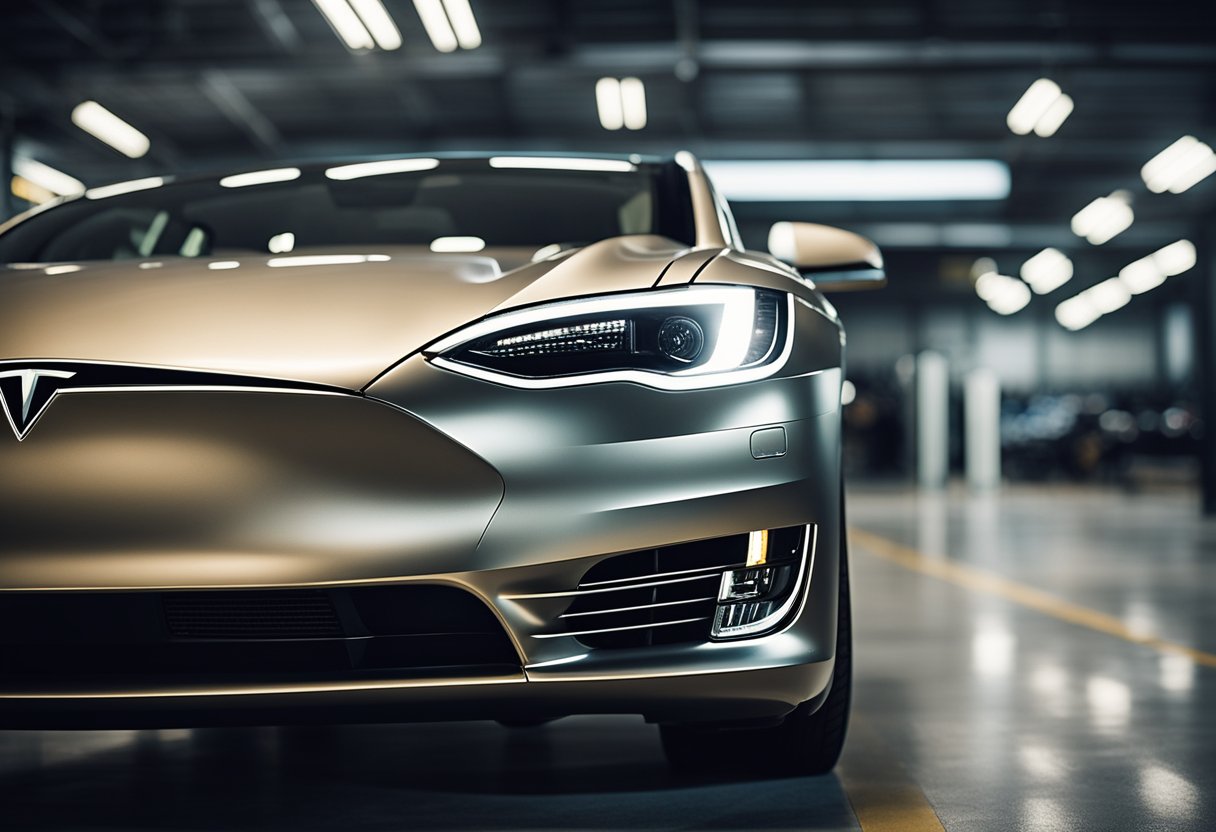
If you are wondering if Teslas have hydraulic brakes, the answer is no. Tesla vehicles use a unique braking mechanism that combines regenerative braking and traditional disc brakes.
Regenerative braking is a feature that captures the kinetic energy produced during braking and converts it into electrical energy, which is then stored in the battery. This feature helps to increase the range of the vehicle and reduce wear on the brake pads.
However, Tesla vehicles also have traditional disc brakes that work in conjunction with regenerative braking. When you press the brake pedal, the brake caliper applies pressure to the brake pads, which then create friction with the rotor to slow down the vehicle.
While Tesla vehicles do not use hydraulic brakes, they still require brake fluid to operate the traditional disc brakes. The brake fluid helps to transfer the pressure from the brake pedal to the brake caliper, which then applies pressure to the brake pads.
Tesla’s brake pads are made of high-quality materials and are designed to last a long time. They are also heat-resistant, which helps to prevent brake fade during heavy use.
In summary, Tesla vehicles use a unique braking mechanism that combines regenerative braking and traditional disc brakes. While they do not use hydraulic brakes, they still require brake fluid to operate the traditional disc brakes. Tesla’s brake pads are designed to last a long time and are heat-resistant.
Maintenance and Lifespan of Tesla Brakes
If you’re wondering whether Teslas have hydraulic brakes, the answer is no. Tesla vehicles use electric disc brakes made by Brembo for most of its vehicles. These brakes look and function much like conventional modern car brakes, but there are additional features that set them apart.
One of the advantages of electric disc brakes is that they tend to have a longer lifespan. According to VehicleWhizz, the brake lifespan of a Tesla Model 3/Y could range anywhere from 60,000 to an impressive 100,000 miles.
This is due to the regenerative braking system, which uses the electric motor to slow down the vehicle and recharge the battery. This means that the brake pads are used less frequently, resulting in less wear and tear.
However, it’s important to note that the lifespan of Tesla brakes can vary depending on several factors. For instance, aggressive driving, frequent stops, and heavy loads can all contribute to faster brake pad wear. Additionally, rust and corrosion can also affect the lifespan of the brakes.
To maximize the lifespan of your Tesla brakes, it’s important to follow the recommended maintenance schedule. According to Motor1.com, Tesla recommends that you have your brakes inspected every two years or 25,000 miles, whichever comes first. This inspection includes checking the brake pads, rotors, and calipers for wear and tear.
If your brake pads need to be replaced, the cost can vary depending on the model of your Tesla. According to Kelley Blue Book, the owner of a Model 3 can expect to spend an estimated $1,000 on brake pad replacement, while the owner of a Model S or Model X can expect to spend around $2,000.
In summary, while Teslas do not have hydraulic brakes, their electric disc brakes have a longer lifespan due to the regenerative braking system. However, it’s important to follow the recommended maintenance schedule and keep an eye out for rust and corrosion to ensure that your brakes last as long as possible.
Safety Aspects of Tesla’s Braking System
When it comes to safety, Tesla’s braking system is designed to ensure maximum protection for its passengers. The system is equipped with an anti-lock braking system (ABS) that prevents the wheels from locking up when maximum brake pressure is applied. This feature ensures that the car maintains stability and control during emergency braking situations, especially on slippery roads.
Tesla’s braking system also includes a regenerative braking feature that helps to slow down the car and recharge the battery at the same time. This feature is especially useful during city driving, where frequent stop-and-go traffic can take a toll on the brakes. The regenerative braking system helps to reduce wear and tear on the brake pads, which means they last longer and require less frequent servicing.
In case of an emergency, Tesla’s braking system is equipped with emergency braking features that allow the driver to stop the car as quickly and safely as possible. The system applies maximum braking force to all four wheels, regardless of road conditions, to bring the car to a stop as quickly as possible. This feature is especially useful in situations where the driver needs to stop the car quickly to avoid an accident.
Tesla’s braking system also includes a brake booster, which provides additional power to the brakes when the driver applies pressure to the pedal. This feature ensures that the car stops quickly and smoothly, even in emergency situations.
Overall, Tesla’s braking system is designed to provide maximum safety and control to its passengers, regardless of road conditions or emergency situations. With its advanced features and state-of-the-art technology, Tesla’s braking system is one of the most reliable and efficient braking systems in the automotive industry.
Environmental Impact and Efficiency
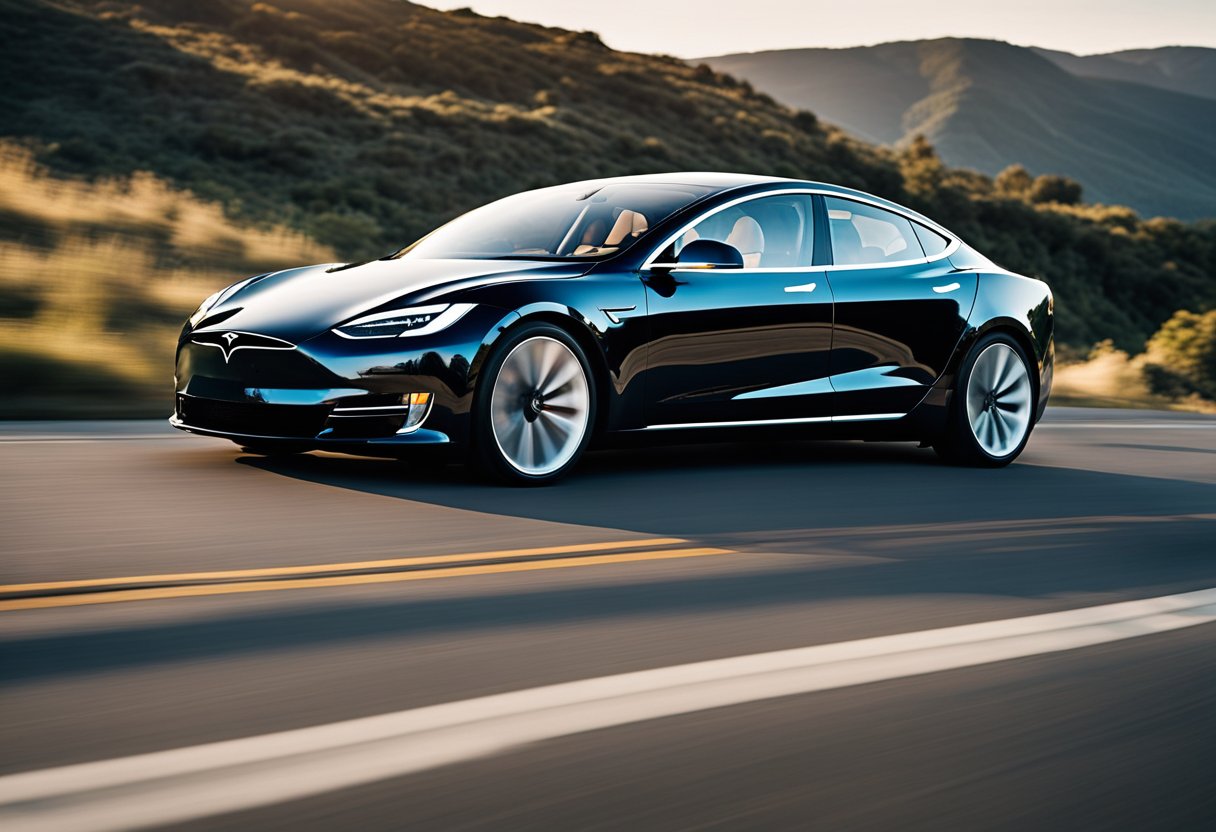
When it comes to the environmental impact and efficiency of Tesla vehicles, there are several factors to consider. One of the most significant is the fact that Tesla vehicles use regenerative braking to recapture kinetic energy that would otherwise be lost during deceleration. This helps to reduce energy waste and increase efficiency.
In addition to regenerative braking, Tesla vehicles are also designed with sustainability in mind. The company builds its factories to limit waste, water usage, and energy consumption, and each Gigafactory is able to manufacture products more sustainably. Tesla also uses renewable energy sources such as solar and wind power to reduce its carbon footprint significantly.
Tesla vehicles are powered by batteries, which can be charged at home or at a charging station. While charging stations can consume electricity from the grid, it is still possible to charge a Tesla using renewable energy sources such as solar panels. This can further reduce the environmental impact of Tesla vehicles.
Overall, Tesla’s focus on sustainability and efficiency has helped to reduce the environmental impact of its vehicles. By using regenerative braking, sustainable factories, and renewable energy sources, Tesla is helping to reduce pollution and increase efficiency in the automotive industry.
Frequently Asked Questions
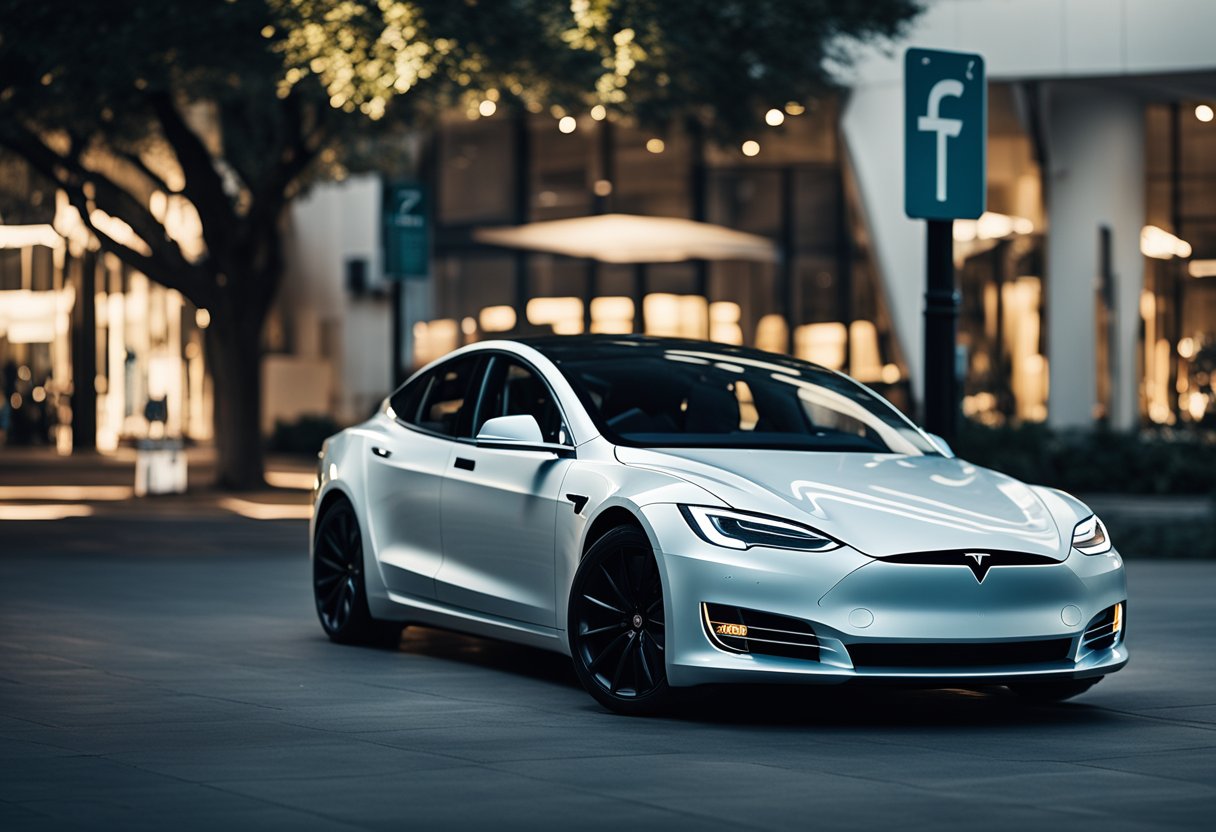
What type of braking does a Tesla have?
Teslas use an anti-lock braking system (ABS) that prevents the wheels from locking when you apply maximum brake pressure. They also use regenerative braking, which converts some of the kinetic energy of the car into electrical energy to charge the battery.
How do Tesla brakes work?
Tesla brakes use electric actuators rather than hydraulic ones. The brake pedal is connected to a sensor that sends a signal to a computer, which then activates the electric actuators to apply the brakes. The regenerative braking system also helps slow down the car and recharge the battery.
Are Tesla brakes good?
Yes, Tesla brakes are considered to be very good. They are highly efficient and effective in stopping the car quickly and smoothly. The regenerative braking system also reduces wear and tear on the brake pads and discs, making them last longer than traditional brakes.
Does Tesla use Brembo brakes?
No, Tesla does not use Brembo brakes. They use their own braking technology, which includes electric actuators and regenerative braking.
How often do Tesla brakes need to be replaced?
The lifespan of Tesla brakes depends on various factors, such as driving habits, road conditions, and the type of brake pads used. Some Tesla owners have reported their brake pads lasting up to 160,000 km, while others have had to replace them more frequently. It is recommended to have your brakes inspected regularly by a certified Tesla technician.
Are the brakes in a Tesla hydraulic?
No, the brakes in a Tesla are not hydraulic. They use electric actuators to apply the brakes, which are controlled by a computer. The regenerative braking system also helps slow down the car and recharge the battery.
